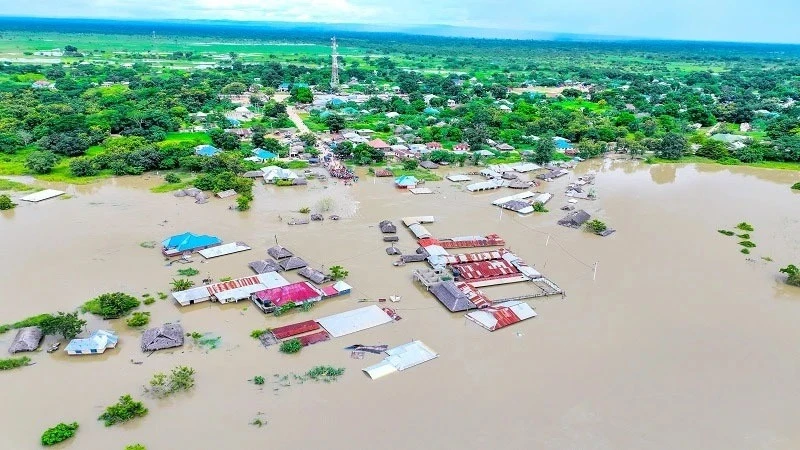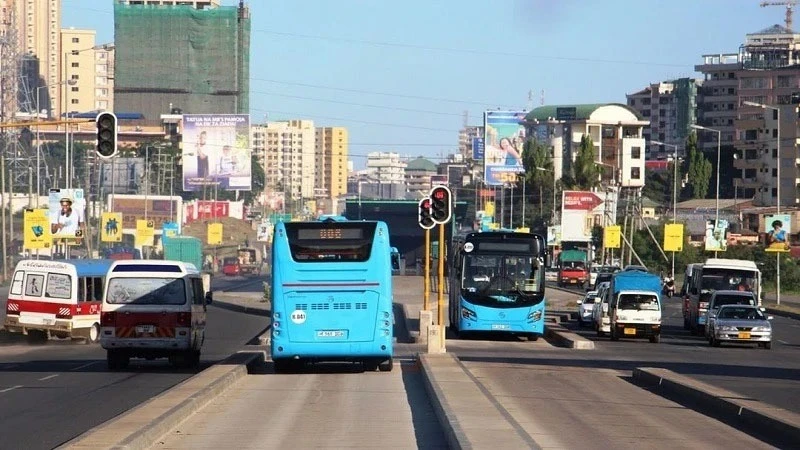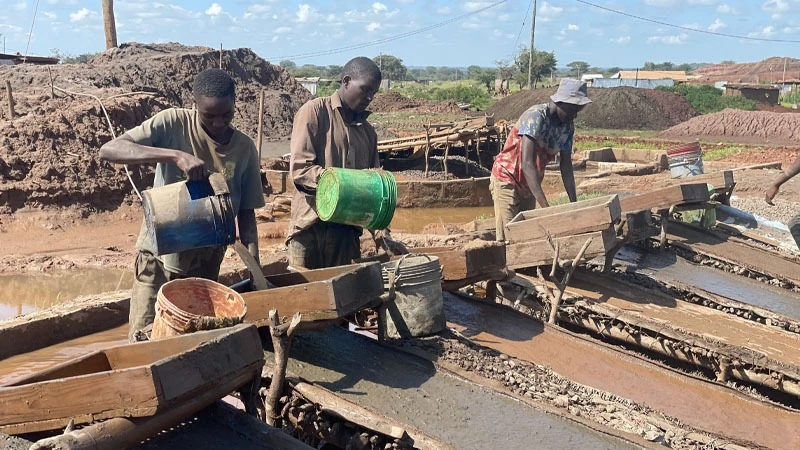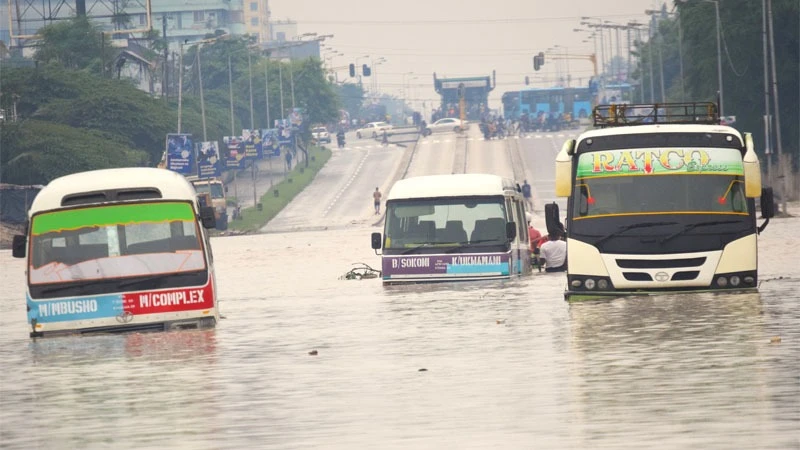Cabinet efforts on Rufiji welcome, even as prevention better than cure

FLOODING in Coast Region’s Rufiji and Kibiti districts has lately touched off some uproar, but not between the government and stakeholders in civil society as has often happened.
This time the government has been battling a widespread impression that it was the mega-dam at the Julius Nyerere hydropower plant that has led to disaster.
This is despite the fact that some officials have repeatedly declared that floods have always been there and that the last three years or so have seen them checked by the presence of the dam.
In other words, it is argued, it is neither that it is the dam as such that induced, precipitated or aggravated the ongoing disaster nor is the dam the solution to flooding that it was believed to be during the past few years.
The proper question to ask is whether the dam’s water management mechanism was failing to hold back floods, with the floodwaters instead emptying into floodplains.
Basically, the idea that this is a flood just like there have always been is what the district authorities, and to an extent power monopoly Tanesco and a welter of top government officials may be subscribing to.
What is now being sacrificed on the altar of routine character of flooding is that, contrary to what was widely thought previously, the dam is neither a hindrance to flooding nor insurance against it.
Those are some of the issues that the cabinet team from the Prime Minister’s Office, especially its disaster preparedness unit, in collaboration with the Water, Agriculture and Lands ministries will be dealing with.
District authorities and project managers or engineers have been battling the idea that opening the dam’s water-holding gates opened the way to the floodwaters, this for the simple reason that there was possibly no easier or better way out.
So, one might take relief in the fact that for several years people in the area were sheltered from routine floods.
Another issue tied up with this preliminary affirmation or proposition is whether the design of the dam was sufficient to hold all the water that the hydropower plant would need when in full operation.
If it was designed to hold extra water, was the precaution squarely designed – as it was overpowered both within the control rooms and in the wider capacity to hold the water?
It follows that the flooding projection may have had its share of deficiencies in the design, or it presumed that the capacity for offloading water was limitless, or not risky to the valley dwellers.
Trying to sort out the issues in terms of design and assurance against flooding has a choice in what to privilege – that it took outlying areas for granted, that when the water was full it would be discharged as usual, etc.
That would means that the land would be free or already purchased by the project’s operators to avoid flowing in case there was a lot more water than the plant would need.
What would require prior purchase of land on the broad ecological area of the project and provide a lifeline out of smallholder agriculture was clearly of paramount importance.
That was the key factor in the event of disaster: considering how best to use potentially water-logged land for human settlement and agriculture land so close to a mega-dam. What we are currently witnessing has a slew of lessons, some cruel indeed.
Top Headlines
© 2024 IPPMEDIA.COM. ALL RIGHTS RESERVED

















